Physiology Of Parkinson's Disease
Physiology of parkinson's disease. Parkinsons disease is a neurodegenerative disease in which cells in regions of the brain involved with muscular coordination and control suffer in impaired ability to synthesize the neurotransmitter dopamine. Parkinsonsdiseaseappeartobeatincreasedriskforavariety ofcognitiveandpsychiatricdysfunctionsMostcommonis dementia and depression. Parkinsons disease PD is a chronic progressive disease of the nervous system characterized by the cardinal features of rigidity bradykinesia.
However hallucinations delu-sions irritability apathy and anxiety also have been re-ported1Herewewillcommentonthemostprevalent ofthesesymptoms. Most patients showed increased muscular activity when attempting to relax. The pars compacta contains approximately 28 of the dopamine producing neurons in the brain.
7 It affects 2-3 of senior citizens and can. Parkinsons Disease 1. Search for more papers by this author.
The pars compacta is the most relevant area of the brain in Parkinsons Disease because it is the section that produces dopamine. Department of Neurosurgery The Hebrew University Hadassah Medical School Jerusalem Israel. Department of Physiology The Hebrew University Hadassah Medical School Jerusalem Israel.
Parkinsons disease PD is a relatively common. Parkinsons disease is caused by the loss of dopamine-producing brain cells 5. Physiology of Parkinsons Disease.
Edwards Departments of Neurology and Physiology University of California School of Medicine 600 16th Street GH-N272B San Francisco CA 94158-2517 To whom correspondence should be addressed. In nonhuman parkinsonian primate models the disturbance in neurons in basal ganglia output structures include increased firing bursting an augmented synchrony correlated activity and a tendency towards loss of specificity in their receptive fields. Physiological mechanisms of rigidity in Parkinsons disease.
The pathophysiology of Parkinsons disease refers to physical and biochemical changes in the brain which in turn produce visible abnormal mechanical and physical functioning throughout the rest of the body. Pathways of Basal Ganglia To understand the pathophysiology of Parkinsons disease it is necessary to look at the circuitry of the basal ganglia Two main pathways are identified The direct and The indirect 13.
The behavior of neurons in the basal ganglia is severely disrupted in Parkinsons disease PD.
Most patients showed increased muscular activity when attempting to relax. Parkinsons disease is a neurodegenerative disease in which cells in regions of the brain involved with muscular coordination and control suffer in impaired ability to synthesize the neurotransmitter dopamine. Physiological mechanisms of rigidity in Parkinsons disease. Physiology versus pathology in Parkinsons disease Ken Nakamuraand Robert H. Parkinsons disease PD is a chronic progressive disease of the nervous system characterized by the cardinal features of rigidity bradykinesia. Most patients showed increased muscular activity when attempting to relax. PARKINSONS DISEASE PD IS A PROGRESSIVE NEURODEGENERATIVE DISEASE THAT IS ACCOMPANIED BY SEVERE MOTOR SYMPTOMS THAT PRESENT FUNCTIONAL LIMITATIONS. Department of Physiology The Hebrew University Hadassah Medical School Jerusalem Israel. However hallucinations delu-sions irritability apathy and anxiety also have been re-ported1Herewewillcommentonthemostprevalent ofthesesymptoms.
Search for more papers by this author. Parkinsons disease is caused by the loss of dopamine-producing brain cells 5. Parkinsons Disease 1. Edwards Departments of Neurology and Physiology University of California School of Medicine 600 16th Street GH-N272B San Francisco CA 94158-2517 To whom correspondence should be addressed. Parkinsonsdiseaseappeartobeatincreasedriskforavariety ofcognitiveandpsychiatricdysfunctionsMostcommonis dementia and depression. Physiology of Parkinsons Disease. Pathways of Basal Ganglia To understand the pathophysiology of Parkinsons disease it is necessary to look at the circuitry of the basal ganglia Two main pathways are identified The direct and The indirect 13.



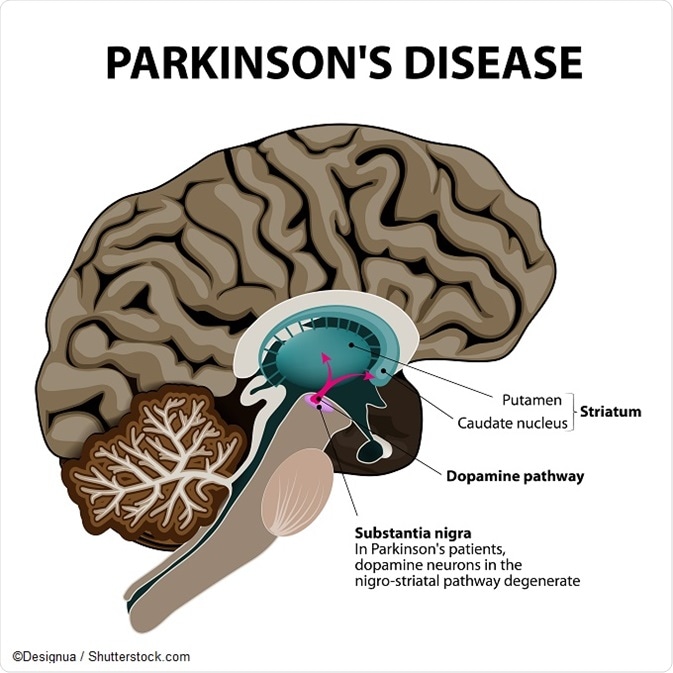




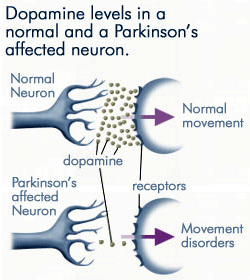




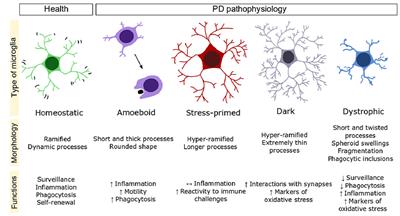
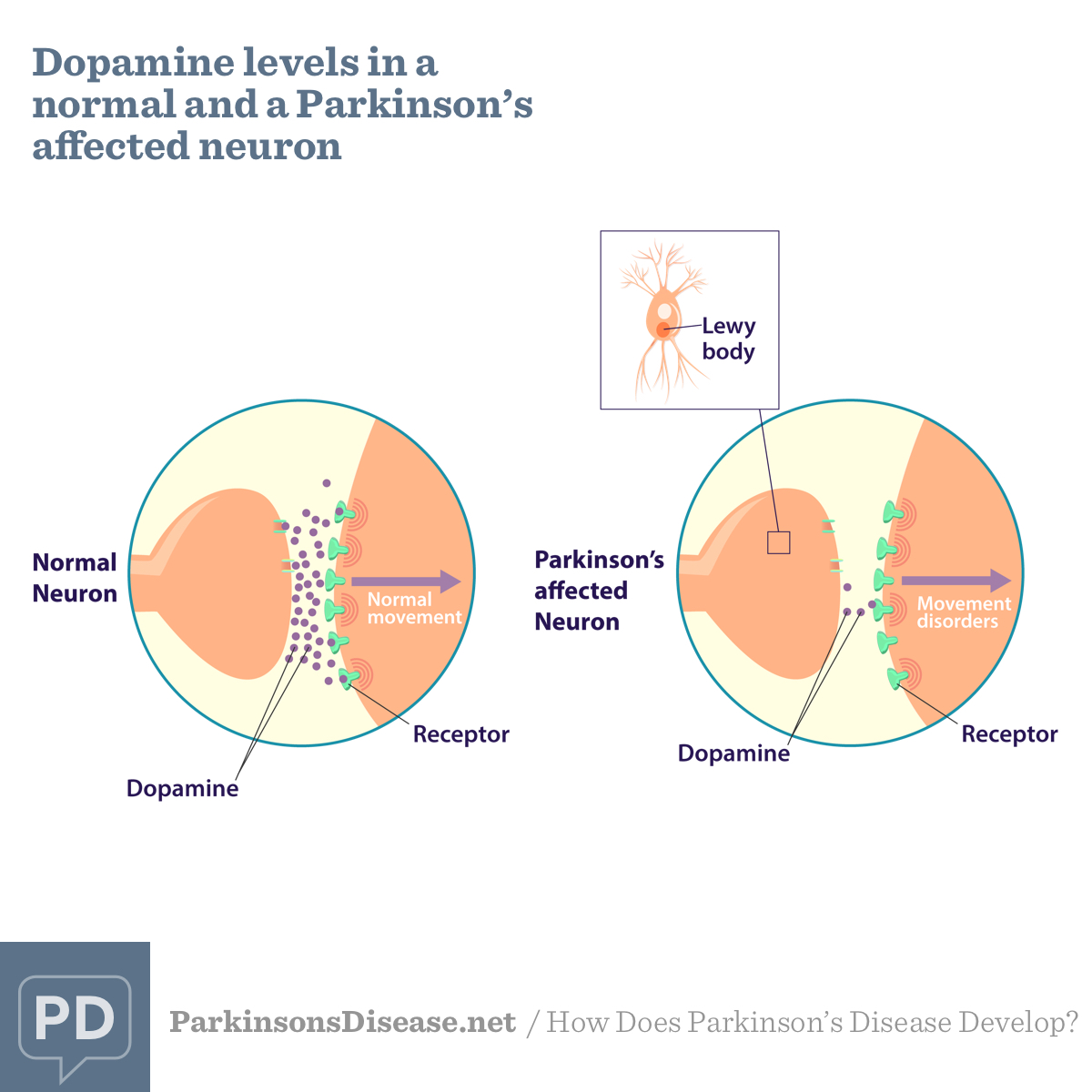





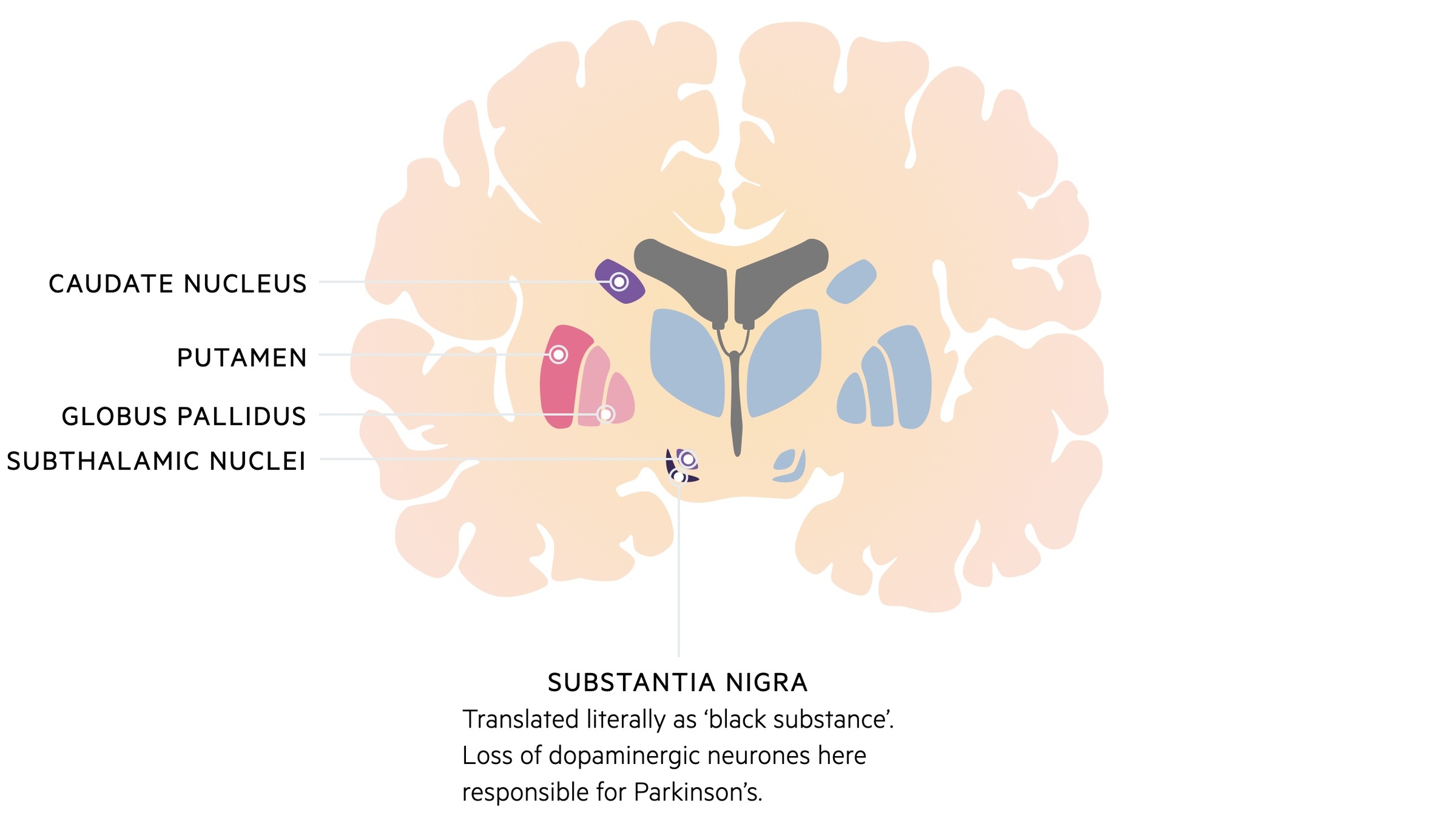

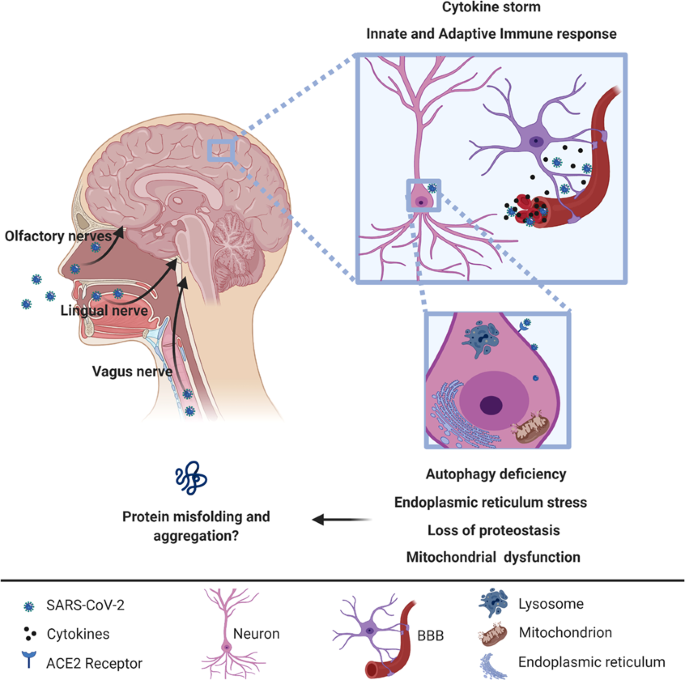

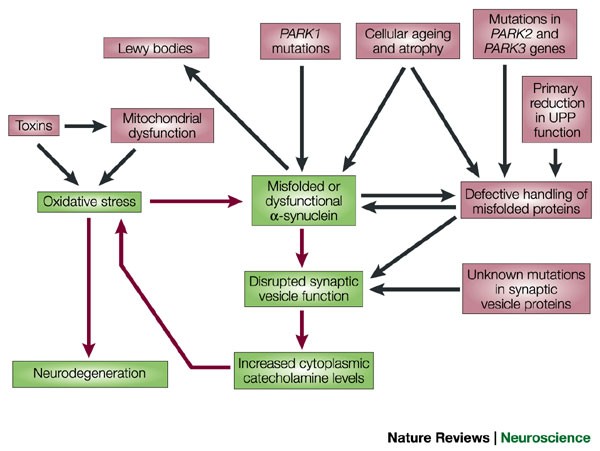





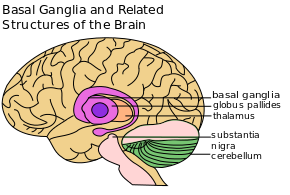
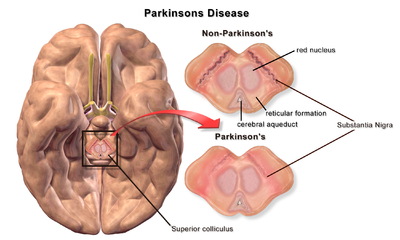



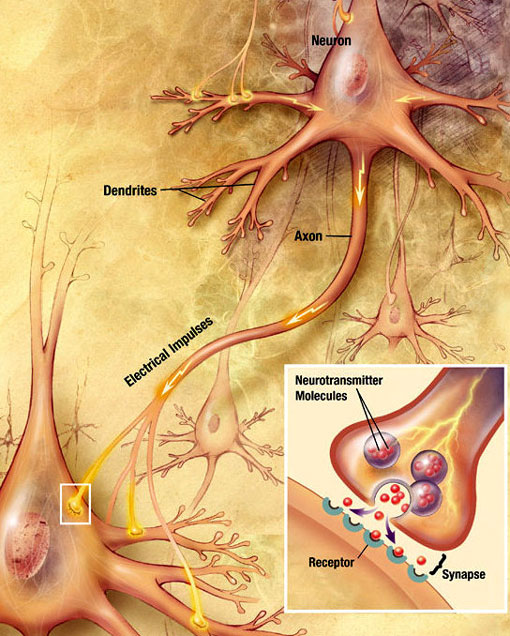








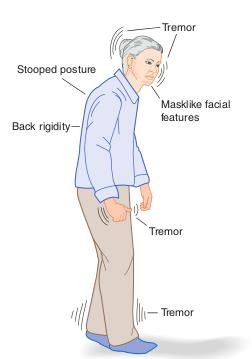
Post a Comment for "Physiology Of Parkinson's Disease"